Last month I was on a regional train from Trnava to Bratislava in Slovakia accompanying my aunt who makes this trip every day for work. The train is connected to an electric line above the track, which naturally got me thinking about energy. The Bohunice Nuclear Power Plant supplies most of the electricity in this region so I thought it was pretty neat that I'm using public transportation power by nuclear energy. A robust transportation system connected to an electric grid with dependable and clean nuclear energy can really reduce dependence on fossil fuels and cut carbon emissions, which is already being done in some areas, as evidenced by Slovakia.
My parents are from Slovakia and most of my extended family still lives there, so I visit quite often. Slovaks are very favorable of nuclear energy, probably because it provides about half of their electricity. It is dependable and cheap and the plants provide jobs. There are two power plants with a total of four nuclear reactors and two more under construction. A new reactor block at Bohunice is also planned.
When he still lived in Slovakia, my father actually worked on the district heating system from the Bohunice plant to Trnava. Large pipes transport excess heat (in the form of steam) from the power plant to the city and provide heat for large buildings. This is a very energy efficient and sustainable process and is prevalent in Eastern Europe and Russia. The steam line is usually the tertiary loop so it is not radioactive.
Energy independence in Eastern Europe is important and especially as tensions between the US/EU and Russia arise. Slovaks are also concerned about UN sanctions against Russia because their nuclear technology is Russian so they need to be able to work with Russian companies and buy Russian parts. Worldwide tensions can have serious implications on the energy sector in Europe.
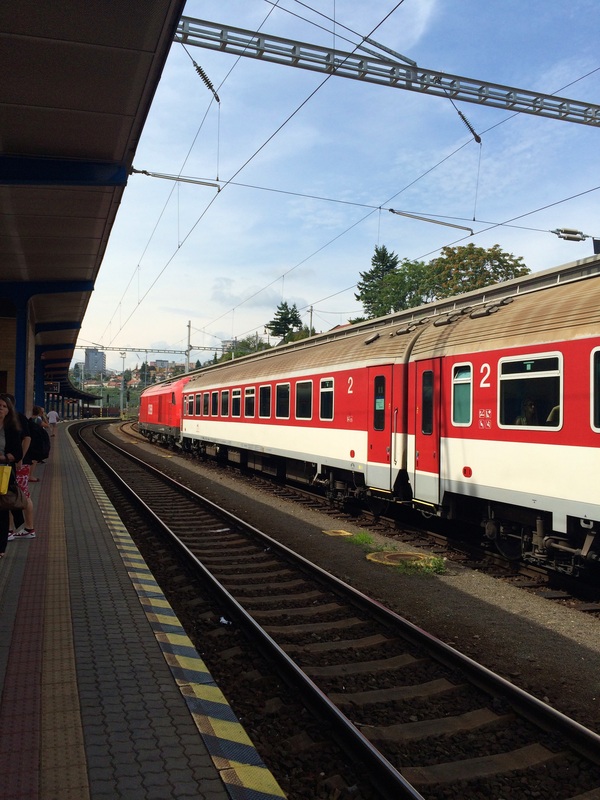
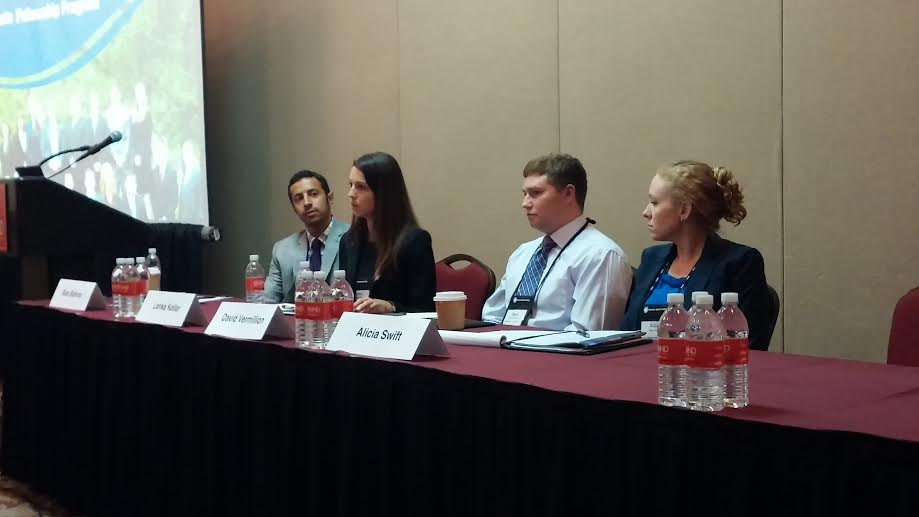

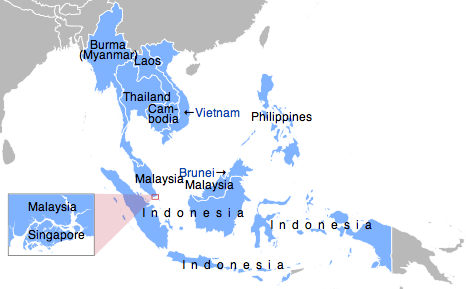

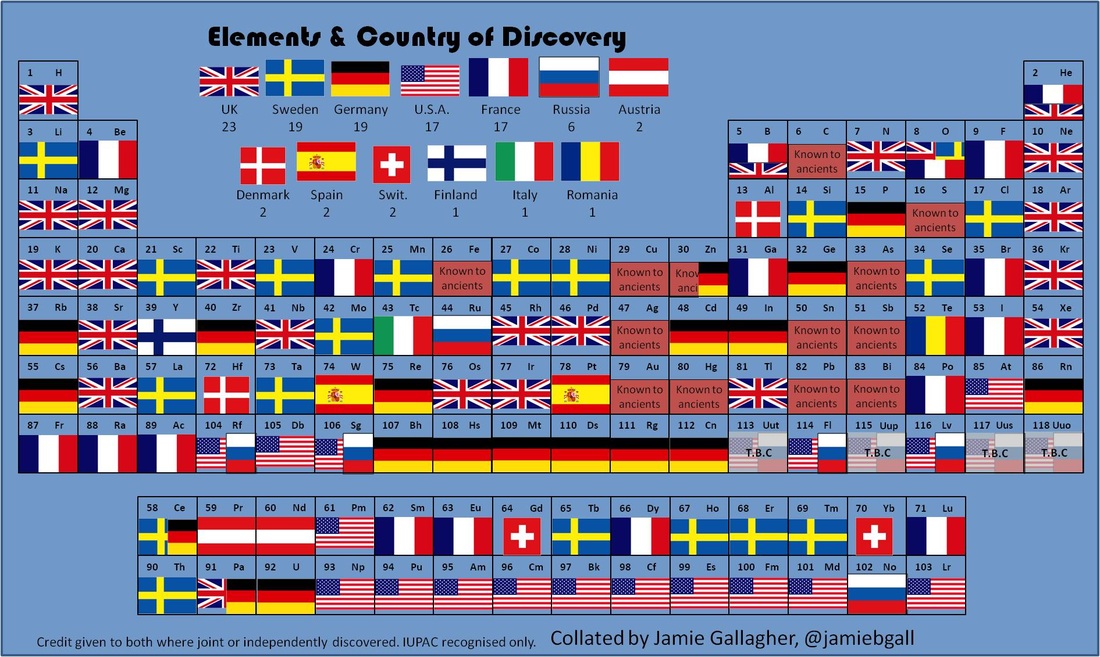
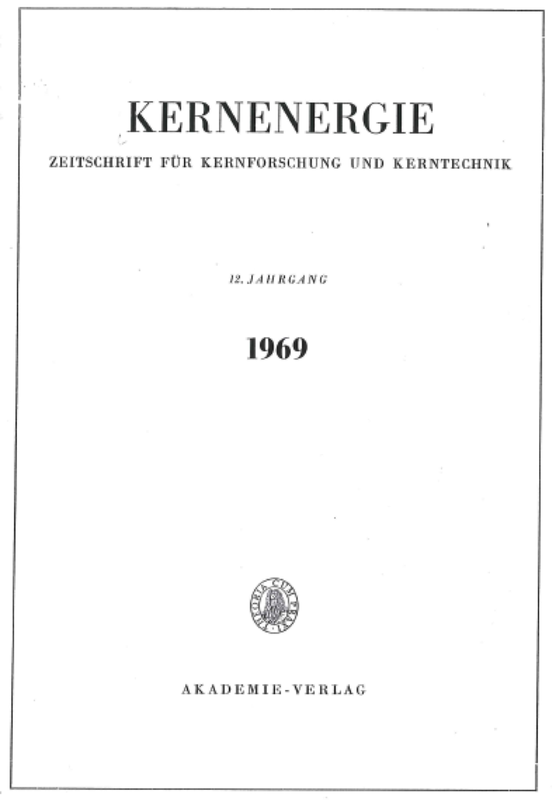
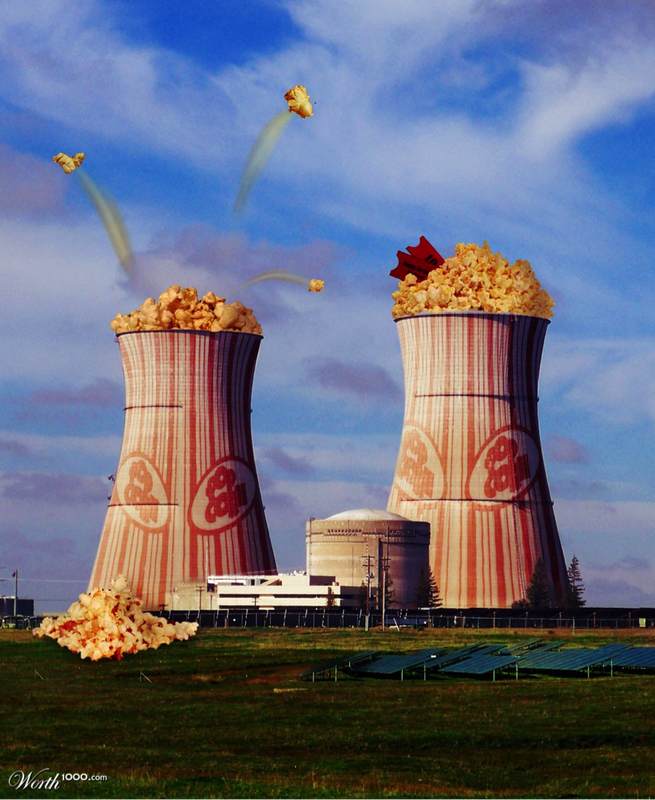

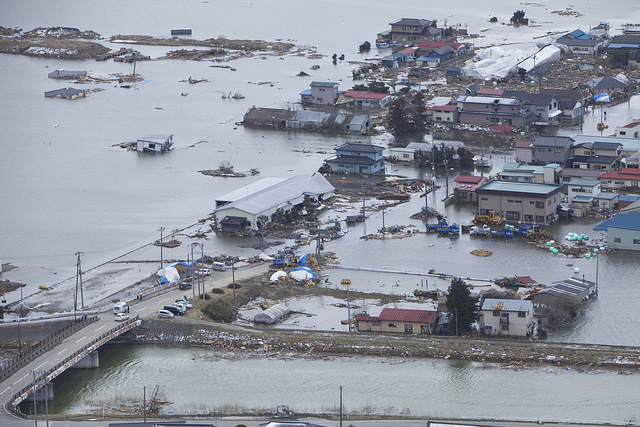

 RSS Feed
RSS Feed

